Shark Bay Facts
- Perhaps most notably, the amazing location commonly known by many as Shark Bay stands out from similar areas for several reasons. That statement holds true due to the fact that the site remains famous for a total of three completely separate factors.
- These different factors further consist of not only the geology of the site itself, but its fabulous flora and fauna, as well. Native aborigines apparently, and not surprisingly, however, knew of the astounding site long before the arrival of European explorers.
- Signs also indicate that they knew of the location, and made use of it, beginning long ago. Evidence indicates this goes as far back as 22,000 years ago. Currently, however, fewer than 1,000 known individuals reside with the beautiful region.
- In recognition of its amazing characteristics, the awesome Shark Bay now holds the respected status of a World Heritage Site. It received this recognition in the year 1991. This recogition also provides it with at least a certain measure of protection.
- The fabulous site itself also contains within it a number of protected areas and preserves. Roughly 70% of the area of the site also includes the local marine waters. Here, many species find a relatively safe haven in which to live and flourish.
Related Articles
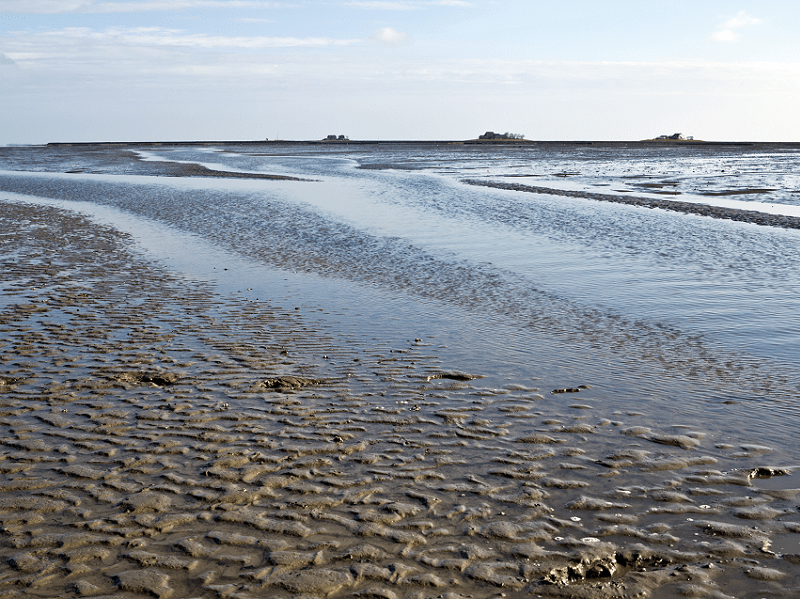
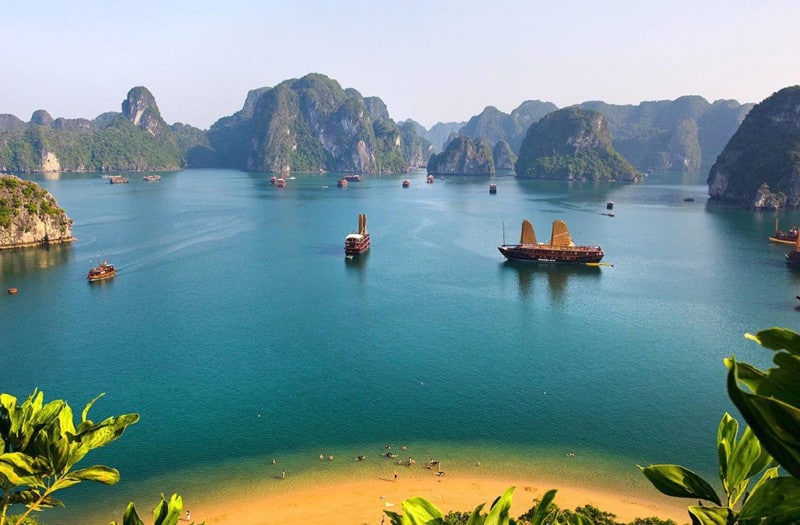
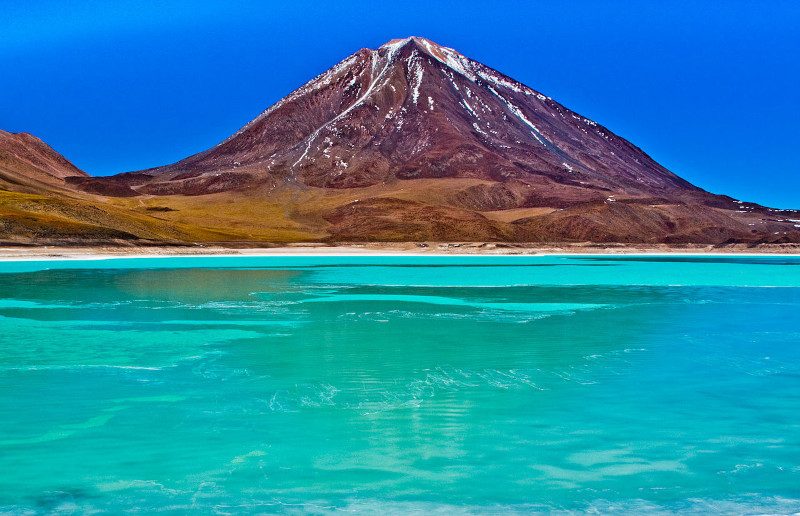
Shark Bay Physical Description
The magnificent Shark Bay covers a respectable area. That’s because it includes an area of roughly 3,200,000 acres (1,3000,000 ha). The fantastic site also has an average depth measuring about 30 ft (9 m). It remains further divided by multiple shallow banks.
Its boundaries also contain numerous small islands and peninsulas. Many limestone cliffs also overlook the bay. Given its location, this stunning bay understandably has an extremely hot, dry climate. This, quite naturally, led to the development of a unique environment.
The water of the bay measures about twice as salty as the surrounding ocean. It therefore represents the ideal environment for quantities of seagrass to develop. Roughly 10,000 years ago cyanobacteria started building up stromatolites in the southern section of Shark Bay.
This section of the bay, commonly known as Hamelin Pool, further holds the most abundant and diverse collection of stromatolites on Earth. Amazingly, evidence suggests that these stromatolites may have also evolved a form of chlorophyll unlike anything else on earth.
Shark Bay Location, Flora, and Fauna
Unsurprisingly to those familiar with the region, Shark Bay formed in a region of the world well known for its natural beauty. That holds true because the wonder of Nature formed roughly 500 mi (800 km) north of what now forms the site of the city of Perth, Australia.
Its location and nature additionally serve to make it an area of extreme zoological importance to the world. The climate and prevalence of seagrass make it a primary breeding and feeding ground for many species. This alone makes it a region of vital importance.
Nearly 10,000 dugongs call the bay home. This equals roughly 13% of all dugongs on the planet! More than 230 known species of birds also live in the beautiful bay. More than 150 recognized separate types of reptiles also reside within the confines of Shark Bay.
The wonders of this breathtaking region do not simply stop there, though. That’s because an impressive known total of 26 types of mammals also make their home there. In an even more astonishing turn of events, all of these rank as threatened species.
Sediment and fragments of discarded shells also gradually built up in beds over time. This inexorable action actually succeeded in raising the floor of the bay, causing it to be as shallow as it is. Several hundred types of fish live in the waters of the bay, as well.
That led to a further enhancement of the awesomeness of this location. The fish draw huge numbers of rays and sharks, hence the name of the bay. The magnificent Shark Bay also serves as the single largest nesting site for two species of endangered sea turtle.
Impressively, two species of whales even use the bay as a gathering spot during their migrations. All of these factors, and countless others, serve to make the location the true marvel of Nature that it is. It’s also why it needs our concerted efforts to preserve it.
Features Sharing Its Region
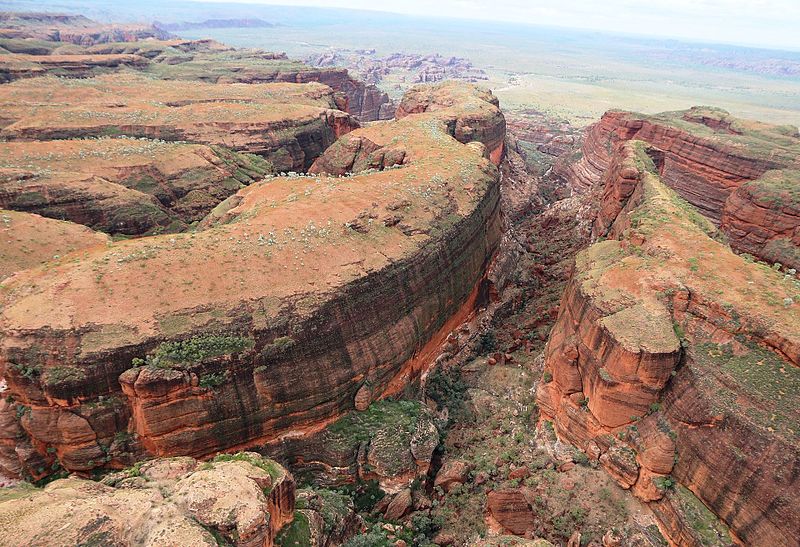
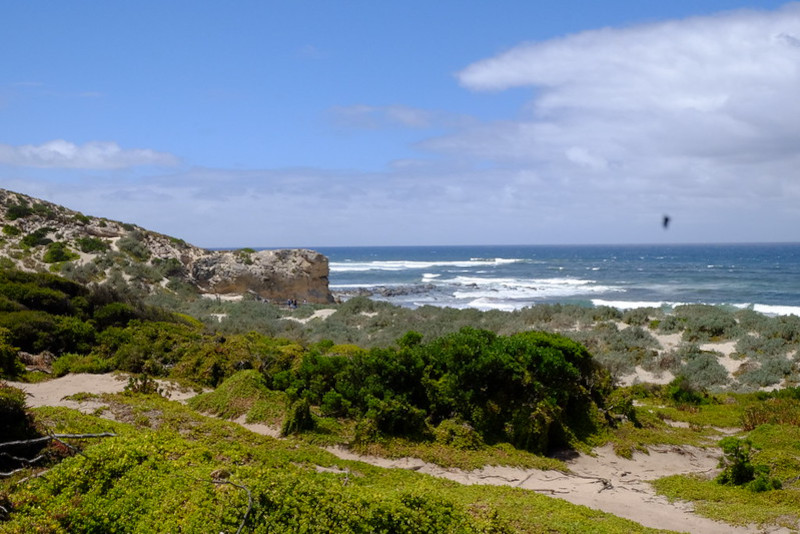
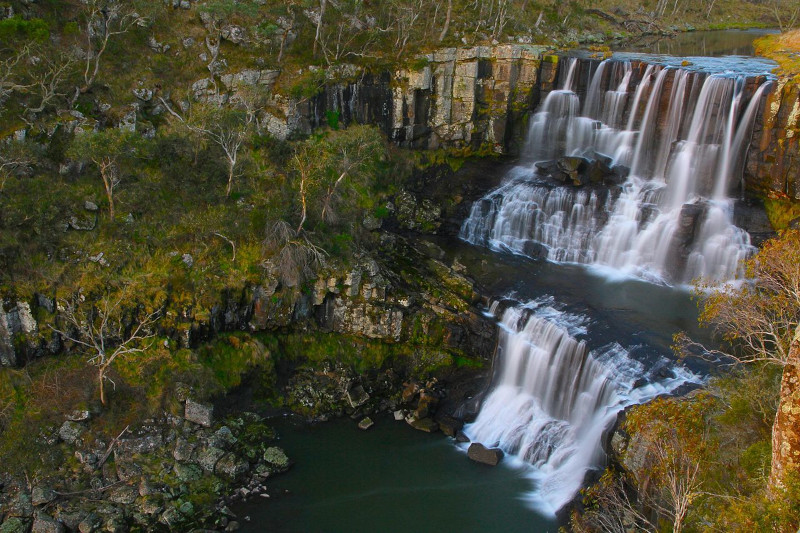
Check out our other articles on 5 Fabulous European Mammals, Limnonectes larveaepartus, Chinese Lantern, Inaccessible Island Rail, Island Marble, California Mantis, Saltwater Crocodile
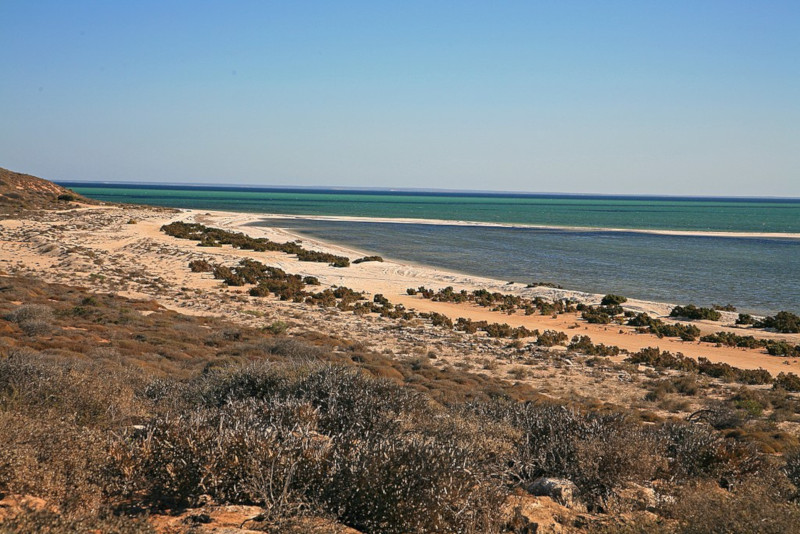

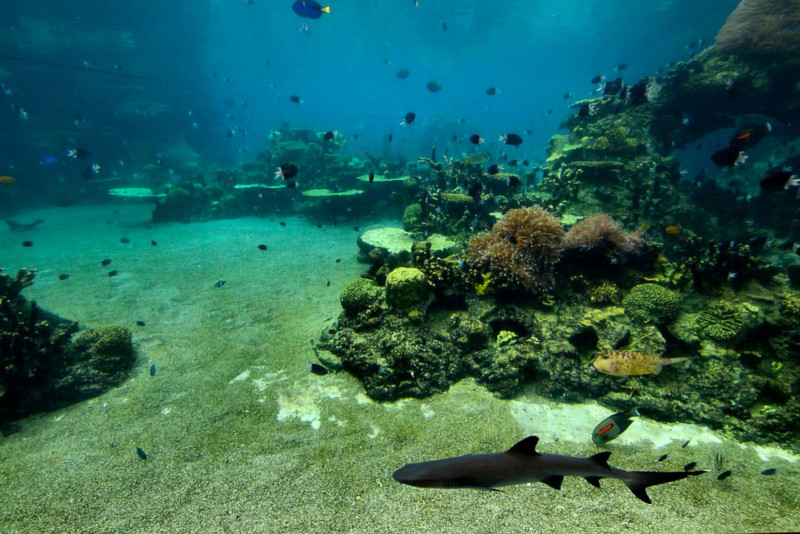









Leave a Reply